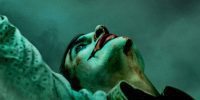This article is now available on Audio, written by Alex Jimenez Nimmo and read by Audrie Roelf, exclusively for our Patreon supporters. For just $3 a month you will have access to our full library of Audio content, plus three new uploads every week. To sign up visit our Patreon page: https://www.patreon.com/25YL
If you log into Google and type in “Female villains in Sci-Fi movies” a strange phenomenon occurs. On the one hand, you are greeted with lists of “Top 10 women in Sci-Fi”, which feature iconic heroic characters such as Ellen Ripley, Sarah Connor or Dana Scully. On the other, if female villains do appear, they are branded as “Queens of Naughty” or “Sci-Fi’s Sexiest Bad Girls”. Google’s algorithm reflects an ongoing problem in science-fiction cinema where female antagonists are depicted as sexualised monsters rather than exploring their non-conformity and complexity. There are, nonetheless, exceptions to this rule and it’s time to celebrate the women who fully embrace their darker side.

Women have been characterized as dangerous temptresses from the very beginning of narrative. Think of Circe in Homer’s Odyssey, the witch who transforms men into pigs but cannot resist Odysseus’s charms, or the Sirens whose sweet tunes lure sailors to their deaths. But it was in the late 19th century when the idea of woman as a killer—as a principal villain—started to take hold, and this was particularly popular within the Gothic Horror genre. The figure of the vampire became a catalyst for male writers to explore the demonic side of women and readers were hooked on plotlines such as Lucy’s in Dracula, the tale a young innocent girl who is corrupted and becomes a lascivious, sexually confident, and ultimately deadly creature. Soon, however, women writers claimed a space for female villains in thrillers and horror, resulting in chilling characters along the lines of Mrs. Danvers in Daphne Du Maurier’s Rebecca, or Bertha Mason in Charlotte Bronte’s Jane Eyre. They are women who go beyond the “femme fatale” stereotype, and their descent into madness raised issues of class, gender, and race.
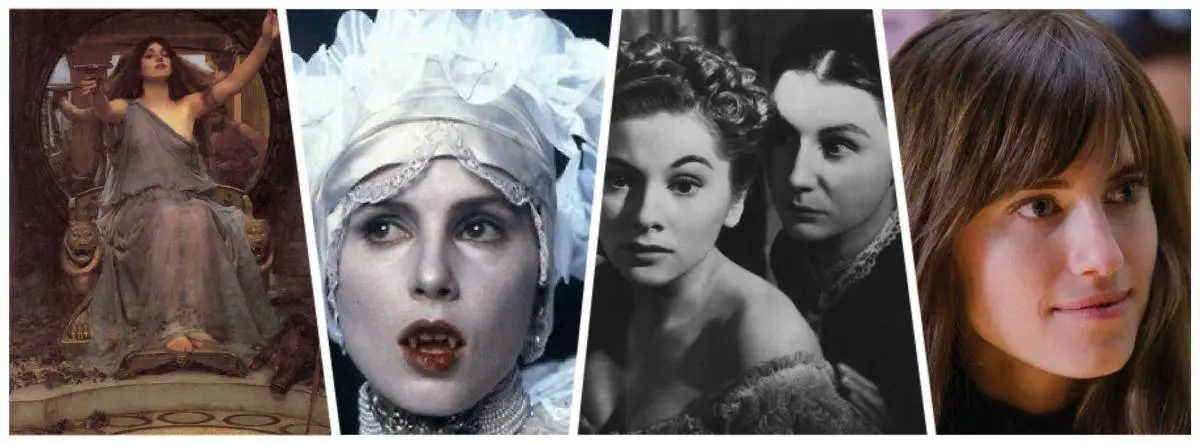
As we can see, the horror genre has a longstanding tradition of depicting female villains, resulting in a rich cinematic repertoire. To continue our experiment, if you type into Google “Female Villains in Horror Movies”, plenty of options are given, from Mrs. Voorhees in Friday the 13th to Rose Armitage in Get Out. How come the same thing doesn’t happen in the Sci-Fi genre? To a large degree, we have large-scale franchises to blame. I remember being extremely excited when Gwendoline Christie was announced to play Captain Phasma, one of the villains in Star Wars: The Force Awakens and was impressed by her unique character design. But fans were ultimately disappointed when she received minimal screen time and personal development and were let down even further when Phasma was pushed off a ledge and fell in The Last Jedi.
This “bury your female villains” trope is sadly not specific to the Star Wars saga. Some of the most emblematic male superhero villains, such as The Joker or Loki have become archetypal because they were allowed deep psychological development that spanned several instalments and was not as strongly dependent on their seductive powers. Marvel Studios, for instance, has featured around eight female villains in their cinematic releases, and they were either highly forgettable (Emma Frost, Proxima Midnight); took a back seat to the main, male villain (Ayesha); turned towards the light (Scarlett Witch, Nebula, Ghost); or did not live to see another movie (Hela). In 2016, Shane Black the director of Iron Man 3, revealed that he was coaxed into changing his antagonist’s gender from female to male after Marvel feared that toy sales would plummet if the villain was a woman.

Surely female villains should have value beyond plastic toy sales? Interestingly, one place where they’ve been able to feel at home is Dystopia. Two of my favourite dystopian movies are Bong Joon-Ho’s Snowpiercer and Denis Villeneuve’s Blade Runner 2049 (I love both the original Blade Runner and the sequel, let’s make that clear). Aside from a beautiful visual style, what links these two movies is that they have some brilliantly intricate female villains, ones who are caught between the clichés of the past and the innovations of the future, befitting their on-screen environment. Minister Mason from Snowpiercer and Luv from Blade Runner 2049 are two villains who like to control as well as be controlled, and I believe that their portrayal is both a reflection and a protest against the current depictions of female villains in Sci-Fi.
Let’s start with Minister Mason. Despotic and constantly striving for order, Mason is in charge of keeping peace in the Snowpiercer, a train that contains the last survivors of the earth after an attempt to stop climate change backfires and creates a second Ice Age. Much like any other train, Snowpiercer is divided into different classes, with the first-class carriages living in complete luxury and the people at the back of the train barely surviving amongst the squalor. We are first introduced to Mason in a brutal sequence in which she delivers a speech whilst amputating a man’s arm by freezing it off out of an open window.
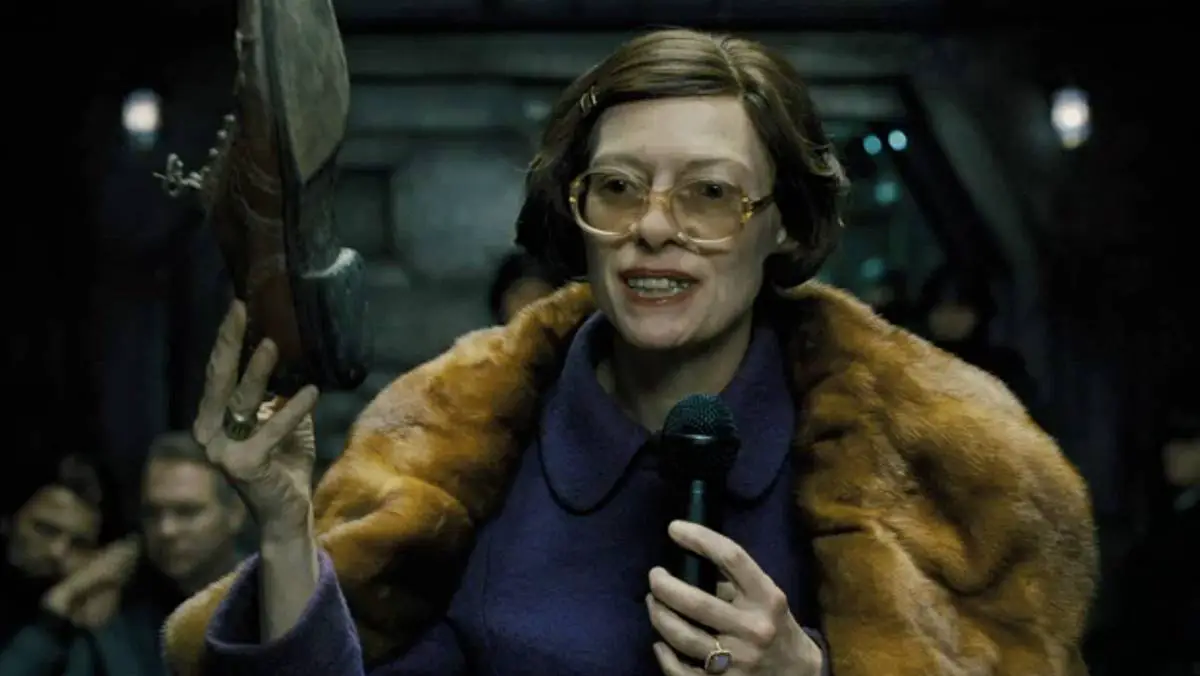
This memorable entrance establishes her cold-blooded nature instantly, and a factor that is worthy of note is Mason’s costume design. Mason was not meant to be played by a woman at all. Bong Joon-Ho had initially intended Mason to be a “mild-mannered man in a suit”, but then Tilda Swinton expressed interest in the project and the opportunity was too good to miss. Swinton and the costume designers had immense fun crafting Mason’s look, using items from Swinton’s daughter’s toy box for a comedic effect. Seeing Mason on screen, it’s pretty obvious that many of her mannerisms are connected to infamous politicians such as Margaret Thatcher, but the starting point is actually much more obscure. Catherine George, the fashion expert for Snowpiercer revealed that Mason was modelled on a photograph of feather identification expert Roxie Laybourne. The shot shows Laybourne in the Smithsonian Museum, surrounded by dozens of open shelves containing dead birds.

Mason is much like Laybourne in the sense that she is the overseer of hordes of living and dead creatures, all stuffed in their “preordained particular position”. During her opening speech, she maintains that “Order is the barrier that holds back the frozen death”. That order stems from the train’s creator, a man named Wilford (Ed Harris) who is worshipped on board as the saviour of humanity. Although we do not see Wilford until the end of the movie, his presence is certainly felt, as Mason and the other first-class passengers constantly sing his praises. Mason’s relationship with Wilford is very similar to the role some of the most notorious female villains are given. She is the goofy, wacky and mentally unstable counterpart to Wilford’s suave, carefully calculated and menacing charm. Does this ring a bell? Toxic relationships are nothing new within the repertoire of female villainy, Harley Quinn and the Joker are a prominent example. The parallel runs even deeper, as Joon-Ho has stated that he envisioned Mason as Wilford’s “clown or jester”.
Mason has been completely brainwashed by Wilford’s propaganda, her speeches are well-rehearsed and precisely worded, as if she has been repeating Wilford’s mantra her whole life. However, there is something in Mason’s nature that is more powerful than Wilford’s sweet nothings and that’s her cowardice. When the rebels of the back section rise up against the tyrants of the upper-class, Mason declares that she’s willing to sacrifice Wilford if they let her live. During her time under captivity, Mason fluctuates between her loyalty to Wilford and her fear of death. In the end, Mason chooses the former, as she seizes the opportunity to turn against Curtis (Chris Evans), the leader of the rebels but does not succeed and is shot in the face.
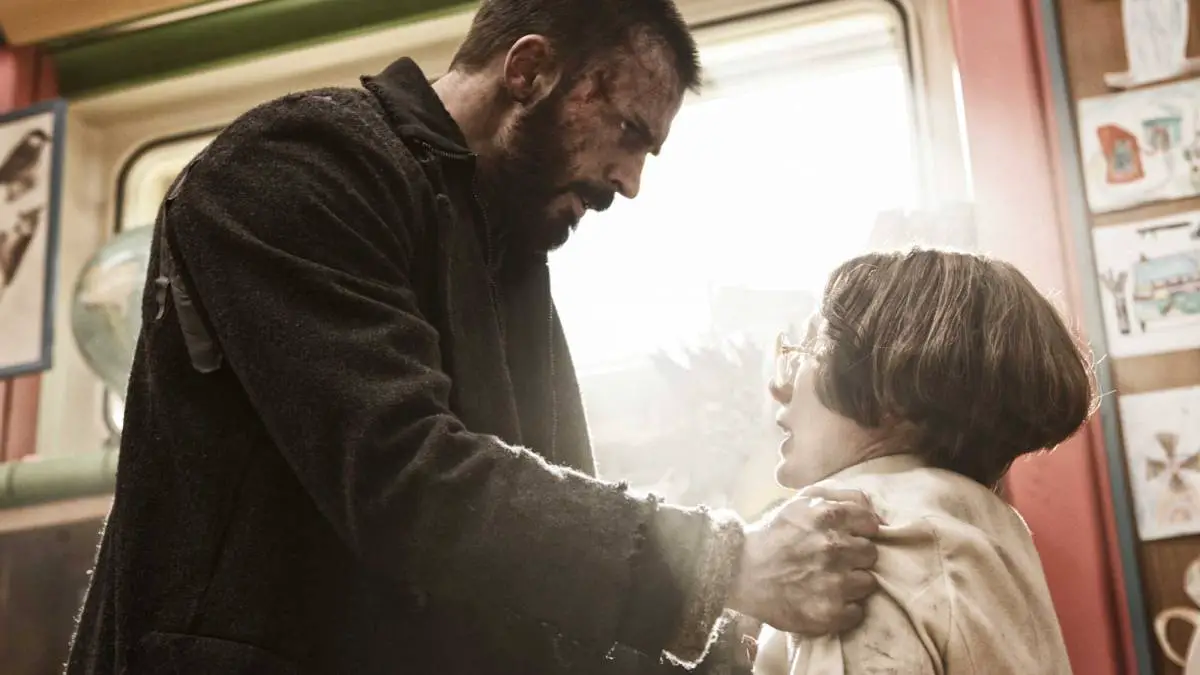
I have bemoaned before the fact that female villains are often killed, but in this case Mason’s death works. That is because, in Snowpiercer, practically everyone dies. Mason is not singled out as the one to perish and Joon-Ho subverts expectations by killing off characters viewers thought would be primary players early on in the narrative.
Furthermore, Joon-Ho has elaborated on Mason’s backstory in an interview, shedding light on her motivations. According to Joon-Ho, Mason originally belonged to the back section, possibly working as a cleaner, but Wilford spotted her ambitious nature and made her his spokesperson. Theories on Snowpiercer have reached so far that there is an elaborate argument stating that the film is secretly a sequel to 1971’s Willy Wonka and the Chocolate Factory, where Wilford is a grown-up Charlie Bucket who has become corrupted by power and Mason is Veruca Salt, and the only thing she wants is Wilford.
But enough on Mason, it’s time to discuss our second villain out of the box: Luv from Blade Runner 2049 (Sylvia Hoeks). Luv, like Mason, is a henchwoman and is designed to be in the thrall of Niander Wallace (Jared Leto), the CEO of the replicant manufacturing company Wallace Corporation. In conjunction with the plot of Snowpiercer, Wallace also saved humanity from catastrophic consequences by creating genetically advanced food and ending global hunger. His experiments were not limited to food and Wallace also succeeded in creating a newer, stronger replicant known as the Nexus-9s. After the older replicant models became outmoded, it is up to Blade Runners such as Officer K (Ryan Gosling) to hunt them down. But when K discovers the remains of a replicant who has given birth, Niander Wallace is alerted to the fact that reproducing replicants could be used to populate off-planet colonies and sends Luv to find the child.
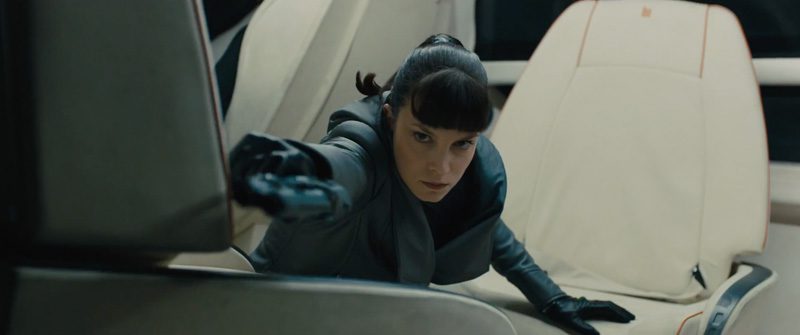
If Mason’s struggle was between loyalty and her will to survive, Luv is in constant conflict with her very nature, and the emotion that gives her a name. Many have rightly pinpointed the moment Luv breaks down when Wallace slaughters a replicant who is barren. As she watches on, her face is stoic, muscles tensed. And then, a tear streams down her face. Tears in the Blade Runner universe hold a special connotation, they are a symbol of life that crosses the boundaries between flesh and machine. But whereas in the first Blade Runner, Roy Batty’s “tears in the rain” speech was brought on by a realization of mortality, Luv cries because she both mourns her own inability to procreate and approves of a quest to find the child that is the key to her master’s plan.
If we think of teardrops as a visual symbol, prison tattoos come to mind. The tear tattoo has several meanings and it can not only be worn by the person who has committed the murder but also by the criminal’s partner in a show of solidarity. In a way, Luv cries on Wallace’s behalf but it’s also her own personal cry for help. Her desire to please goes so far that she transcends her own programming, and that frightens her.
Sometimes, her response is to embrace the callousness that is natural to replicants, as she casually fires missiles at K whilst getting her nails done. But other times, her impulse to be more human gets the better of her as she kisses Officer K after a fight, saying “I’m the best one”, echoing Wallace’s words describing her as the “best angel of all”. In Snowpiercer, Mason perishes because she believes that her loyalty to Wilford will enable her to survive. In Blade Runner 2049, Luv dies because she thinks that, by proving her capacity to love and be loved by her creator, K cannot get the better of her. Underestimating K is her fatal flaw, as she poignantly ends up being drowned by him, and her tears are left to mingle with the water.
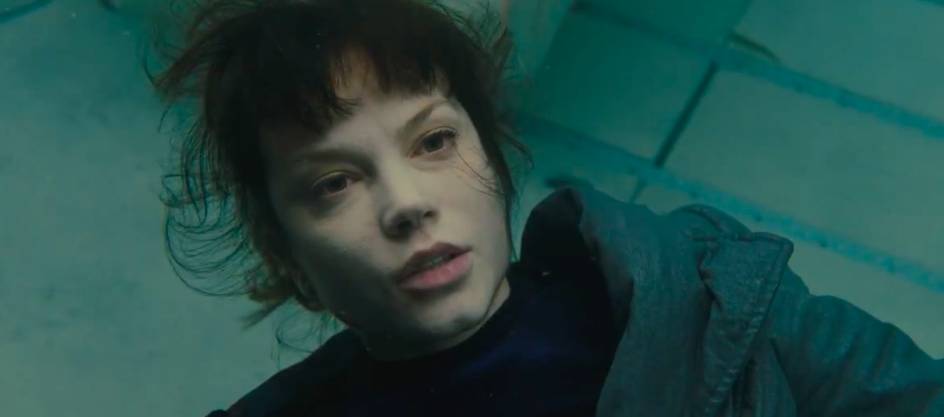
Another theme that links these two fascinating villains is childlikeness. Mason’s attitude is more like a spoilt brat than an adult thanks to the power of Wilford’s propaganda. When she delivers her key speech at the beginning, Mason gesticulates with precise hand movements. Later on, we discover that similar hand gestures are taught to the children on board of the train, all of which have never seen a world outside of Wilford’s creation. And it is in the classroom where Mason dies, closing her cycle as Wilford’s political child. Luv is also Wallace’s child, but not the one that he is searching for. She is not as whiny or naïve as Mason, but she is caught between her role as a mercenary and being pampered by Wallace. Hoeks has stated that when researching her character, she took inspiration from pop stars like Taylor Swift or Katy Perry, both of whom are women in positions of extreme power but have simultaneously created a child-like artistic persona.
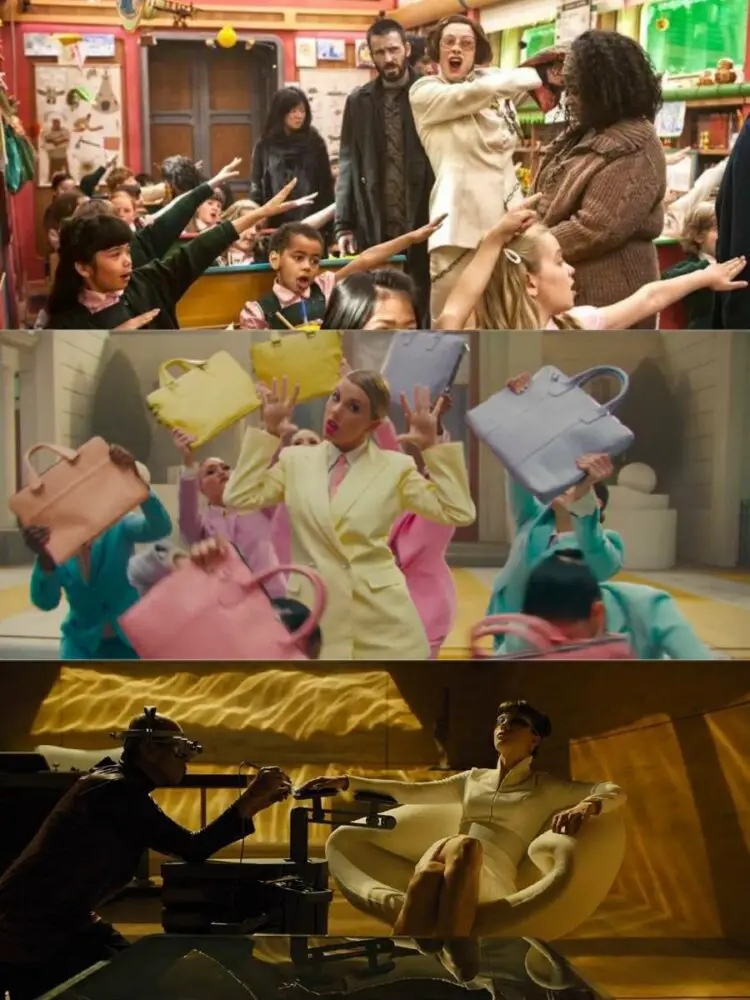
The fascinating complexities and contradictions of these two female villains in Sci-Fi, make a strong case for further and new character development along these lines. While it’s great to see titles like Birds of Prey (and the Fantabulous Emancipation of One Harley Quinn) in the pipeline, there is definitely more space for female villains to gain autonomy and establish their identity on screen. To paraphrase Mrs. Incredible: Leave the destruction of the world to the men? I don’t think so.

